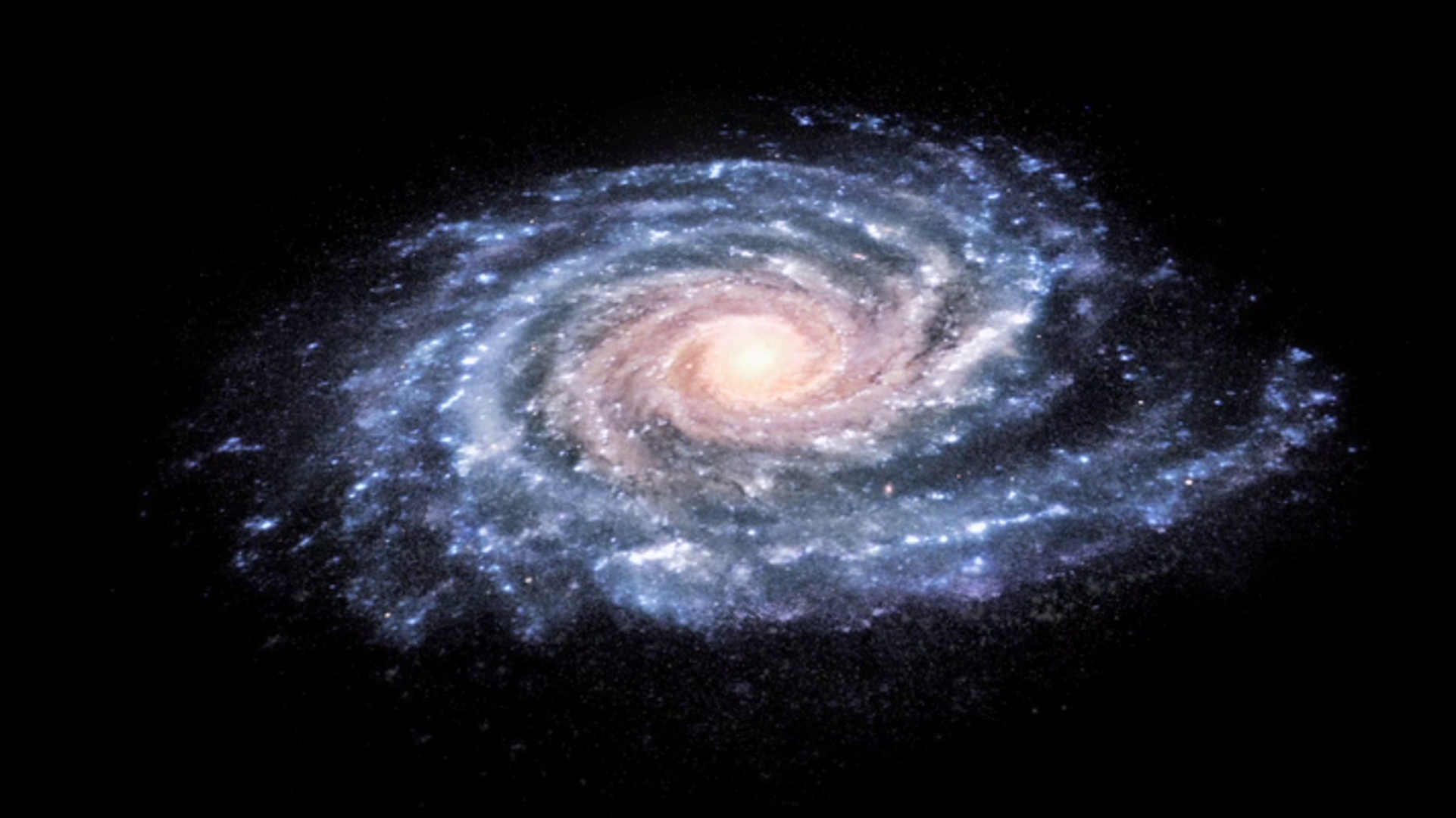Galaxies are massive collections of stars, gas, dust, and dark matter that are held together by gravity. They are the fundamental building blocks of the universe, and they come in a wide variety of shapes and sizes.
Types of Galaxies
There are three main types of galaxies:
- Spiral Galaxies: These galaxies have a flat, spiral shape with a central bulge. The Milky Way is a spiral galaxy.
- Elliptical Galaxies: These galaxies are shaped like ellipses, with a smooth, featureless appearance.
- Irregular Galaxies: These galaxies have no definite shape and are often smaller than spiral or elliptical galaxies.
The Milky Way
The Milky Way is the galaxy that we inhabit. It is a barred spiral galaxy with a diameter of about 100,000 light-years. The Milky Way contains billions of stars, including our Sun.
Galaxy Clusters
Galaxies are often grouped together in clusters. The Milky Way is part of the Local Group, a cluster of about 50 galaxies. Galaxy clusters can be even larger, with some containing thousands of galaxies.
Galaxy Formation
The formation of galaxies is a complex process that is not fully understood. It is believed that galaxies formed from the collapse of huge clouds of gas and dust. Over time, these clouds condensed into stars and planets.
The Future of Galaxies
The future of galaxies is uncertain. It is possible that galaxies will continue to grow and merge with each other. Alternatively, the expansion of the universe could cause galaxies to become increasingly isolated.
Galaxies are fascinating objects that provide us with valuable insights into the nature of the universe. As technology continues to advance, we can expect to learn even more about these cosmic islands.
